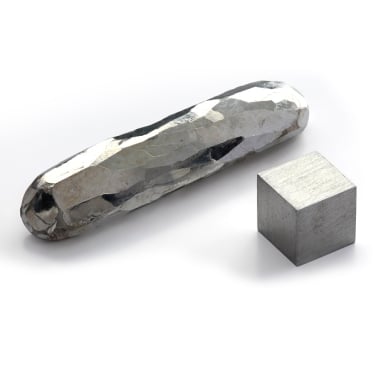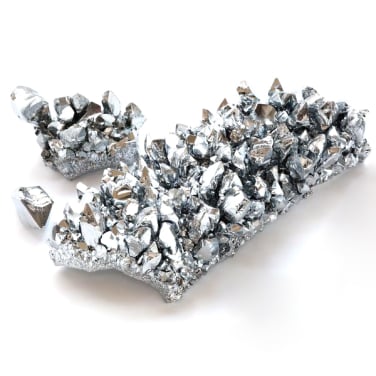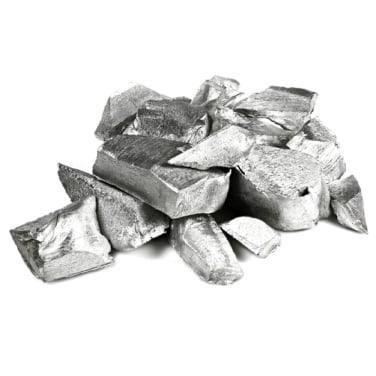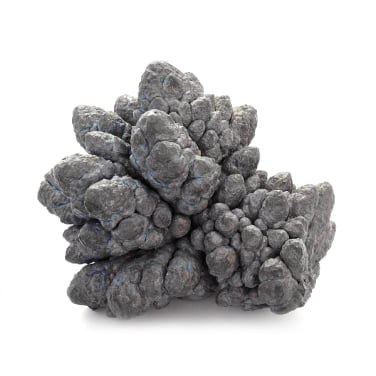
Arsenic
It is found in drinking water, cigarette smoke, cosmetics and even the air you breathe.
It is odorless and tasteless and has a history of use as a lethal substance. Arsenic earned the name "king of poisons" in centuries past because it was used in assassinations by royalty for personal gain.

Mercury
Termometrelerin bir cihazıdır. Aynı zamanda belirli balıklarda ve kabuklu deniz hayvanlarında bulunan yaygın bir oluşumdur. Kömür yakma ve diğer endüstriyel kirliliğin bir yan ürünü olarak okyanusta birikir. Cıvaya maruz kalmak hasara, böbreklere zarar ve hatta körlüğe neden olabilir.

Copper
It has been used by humans for thousands of years to make things like electrical wire, kitchen utensils, in architecture, and water pipes. In small amounts, copper is an essential micronutrient for humans. But too much of it harms the kidneys, heart, liver, stomach and brain.

Nickel
It has had many applications as a corrosion-resistant metal since ancient times. Too much nickel can cause cancer, damage to your nervous system, decreased cell growth, and negative effects on your heart and liver.

Cadmium
It was first used in paint and as a tin substitute during World War I, but today it is found in rechargeable batteries and tobacco. Cadmium serves no useful purpose in the human body or ecosystem. Cadmium is a known carcinogen.

Chromium
It naturally results from the burning of coal and oil. It enters the environment through fertilizers and sewage. Chromium is used in the manufacturing of paper, pulp and rubber, as well as in leather and tanning processes. High exposure threatens the liver, kidney and neurological system and can cause skin disorders.

Iron
It is the most abundant natural metal in the earth's crust. It is the most essential element for all living species due to its role in facilitating the transport of oxygen through the bloodstream. However, having too much iron in your body is toxic.

Aluminum
It is naturally found in air, water and soil. Mining and processing of aluminum increases its concentration in the environment. Aluminum is very scarce in air, water and soil. Exposure mostly comes from food and consumer products. Aluminum can enter your body through antacids, food additives (such as anti-caking agents and colorants), kitchen foil, baking soda, buffered aspirin, some cosmetics, and deodorants.

Lead
Sources include battery waste, fertilizers, insect products, factory smokestacks, car exhaust, gasoline additives and old paints. Lead exposure is extremely reserved for humans, especially fetuses and young children. It can damage your blood system, reproductive organs, kidneys, gastrointestinal tract, and brain.
